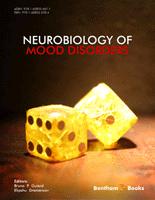
Photo from archive.org
Background The intermediate-conductance Ca2+-activated K+ channel KCa3.1 is widely expressed in cells of the immune system such as T- and B-lymphocytes, mast cells, macrophages and microglia, but also found in… Click to show full abstract
Background The intermediate-conductance Ca2+-activated K+ channel KCa3.1 is widely expressed in cells of the immune system such as T- and B-lymphocytes, mast cells, macrophages and microglia, but also found in dedifferentiated vascular smooth muscle cells, fibroblasts and many cancer cells including pancreatic, prostate, leukemia and glioblastoma. In all these cell types KCa3.1 plays an important role in cellular activation, migration and proliferation by regulating membrane potential and Ca2+ signaling. Methods and Results KCa3.1 therefore constitutes an attractive therapeutic target for diseases involving excessive proliferation or activation of one more of these cell types and researchers both in academia and in the pharmaceutical industry have developed several potent and selective small molecule inhibitors of KCa3.1. This article will briefly review the available compounds (TRAM-34, senicapoc, NS6180), their binding sites and mechanisms of action, and then discuss the potential usefulness of these compounds for the treatment of brain tumors based on their brain penetration and their efficacy in reducing microglia activation in animal models of ischemic stroke and Alzheimer’s disease. Conclusion Senicapoc, which has previously been in Phase III clinical trials, would be available for repurposing, and could be used to quickly translate findings made with other KCa3.1 blocking tool compounds into clinical trials.
Journal Title: Current Neuropharmacology
Year Published: 2018
Link to full text (if available)
Share on Social Media: Sign Up to like & get
recommendations!